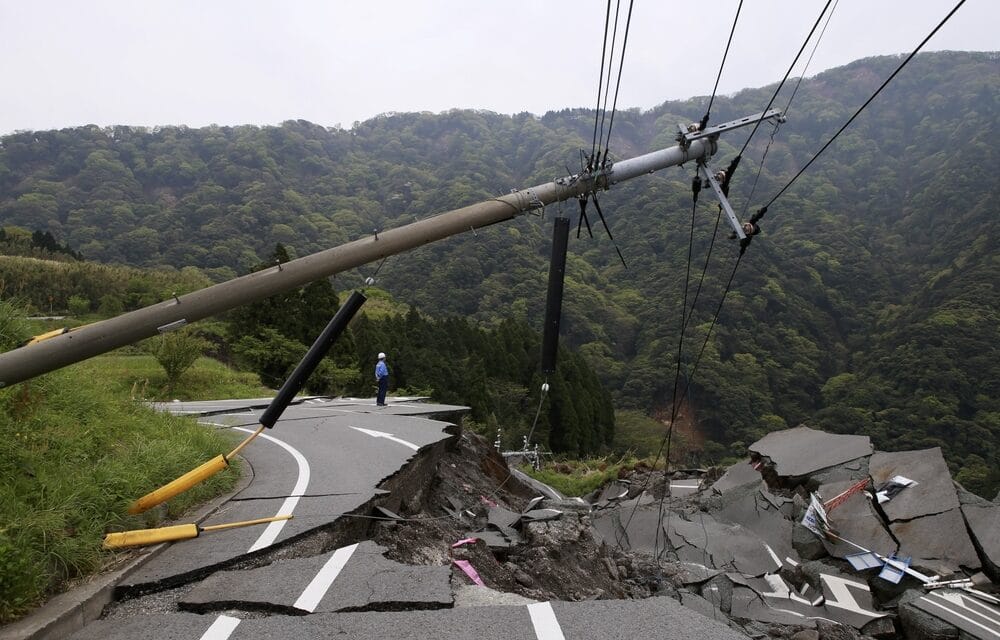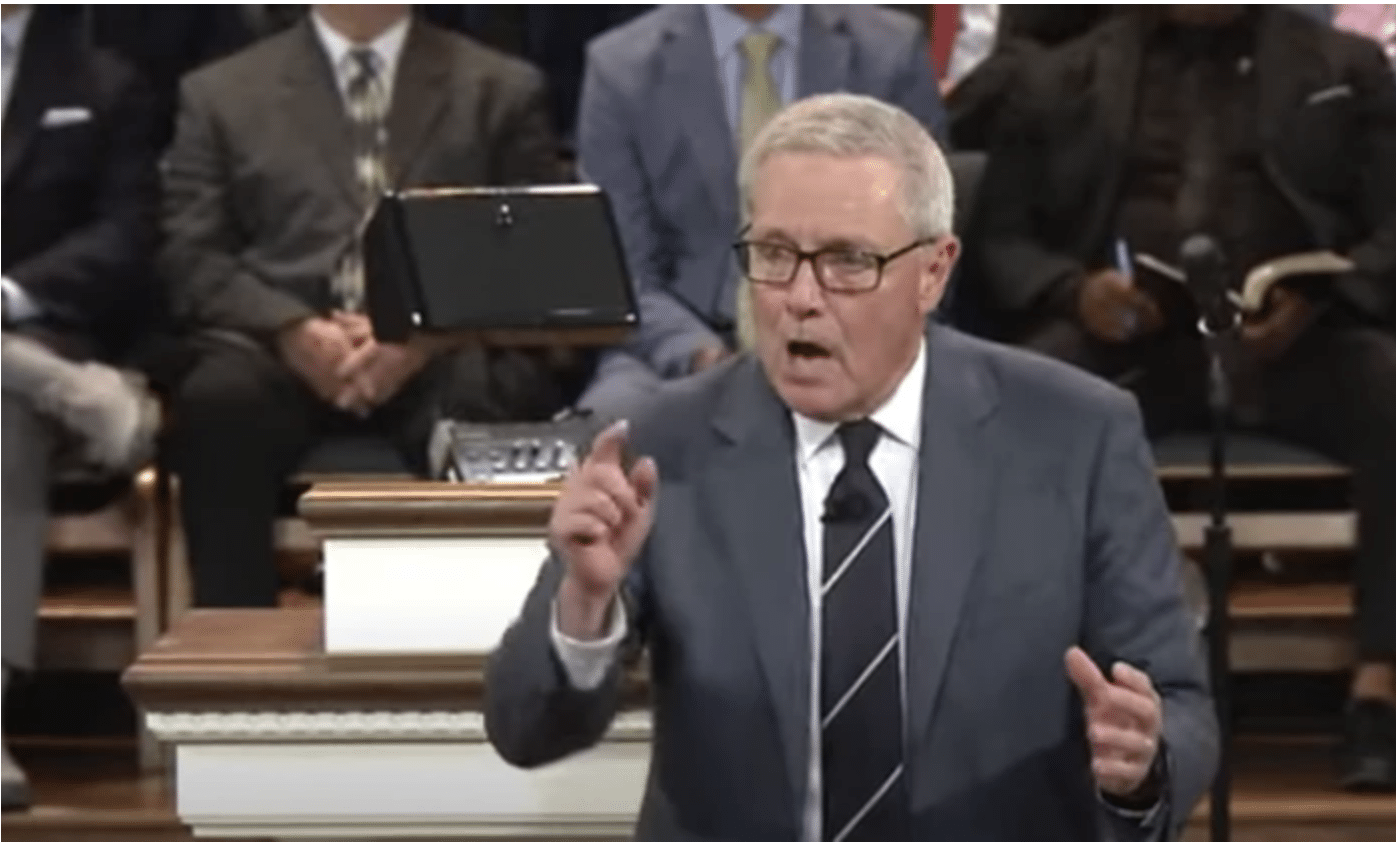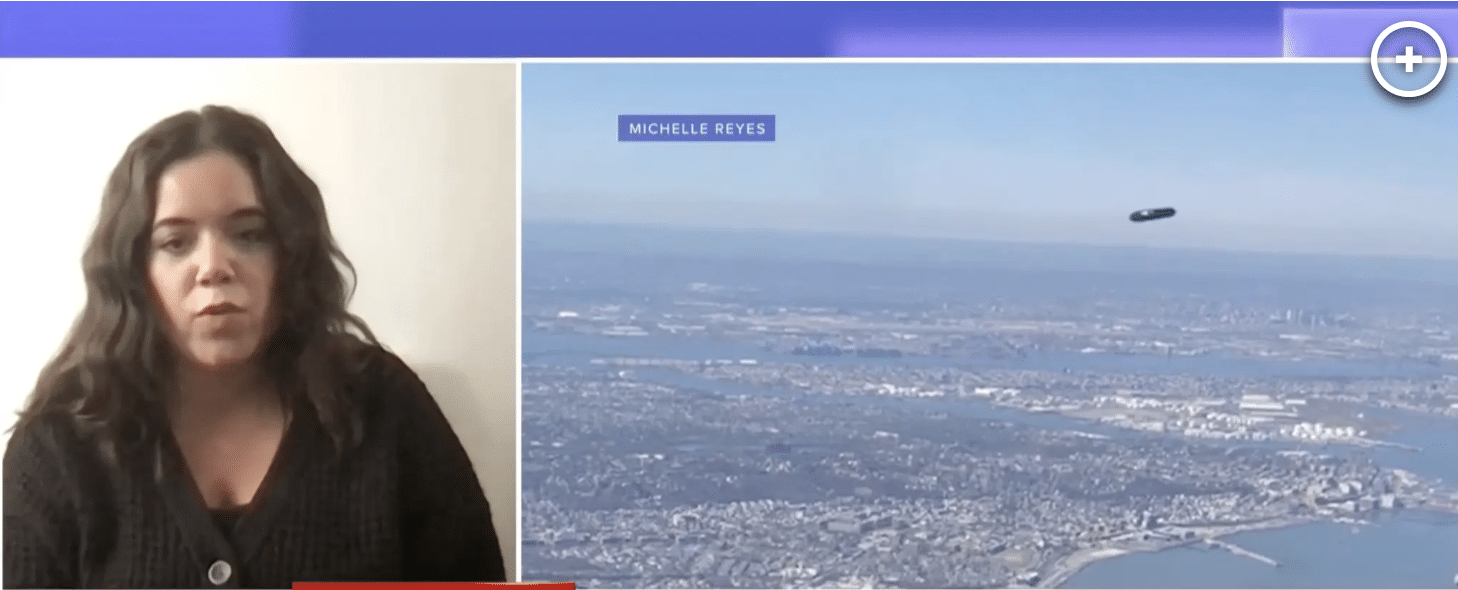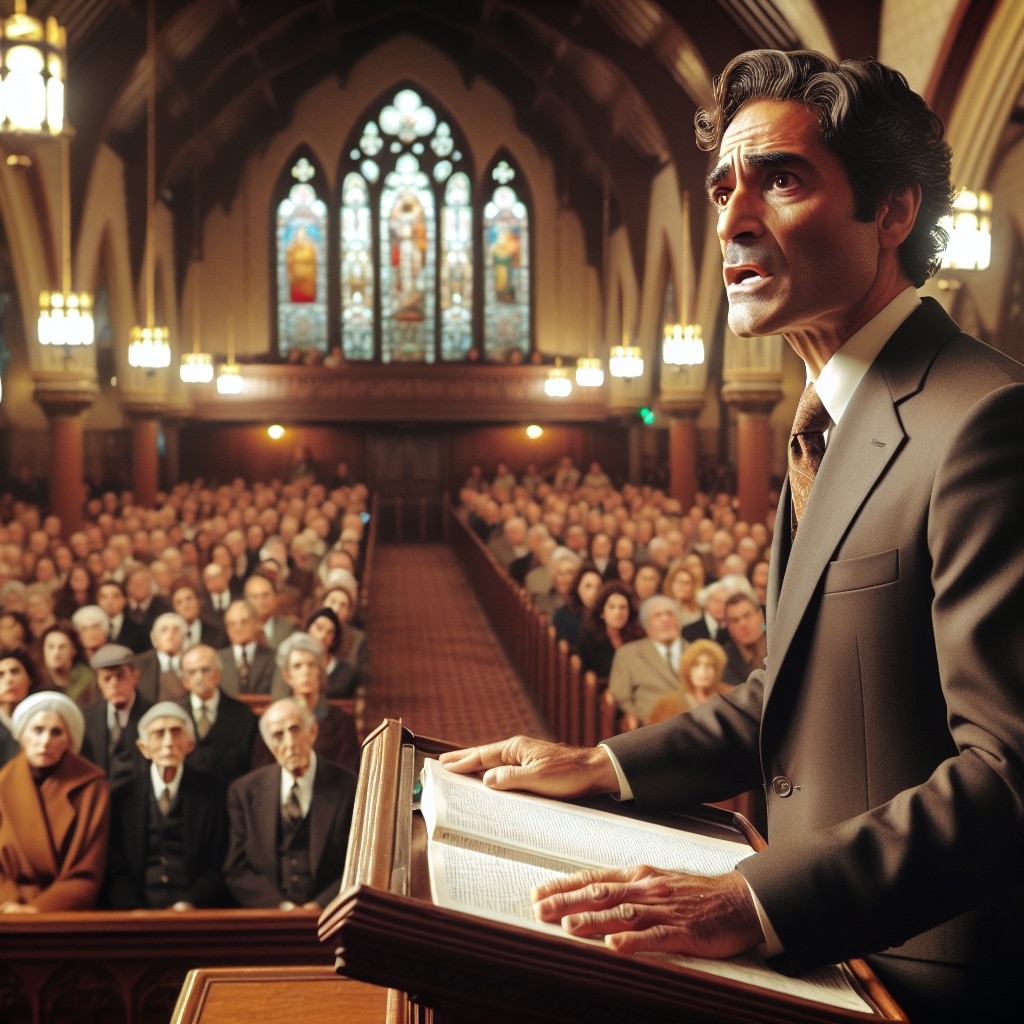An earthquake warning was issued for the Pacific Northwest, with experts claiming “it’s not a matter of if, it’s a matter of when” a large-scale natural disaster happens.
It has been centuries since the contiguous US, the entirety of the states, experienced a “Big One” — an earthquake with a magnitude greater than 9.0. The last on record was an earthquake in 1700 with an estimated magnitude of 9.0. This was along the Cascadia subduction zone where the Juan de Fuca plate is diving underneath the North American plate.
Huge earthquakes happen in this region because the plate that’s going down is usually oceanic crust, which is cold and dense, which means it can break in a sharp and sudden manner. However, the cold dense crust that’s sinking can break for a much longer time and initially result in seismic shifts and tremors.
The nature of the zone pairs any earthquake with another destructive event: a tsunami. The earthquake that hit in 1700 sent a tsunami across the Pacific Ocean as far as Japan.
Researchers are now expecting another event at the Cascadia subduction zone, with the chances of it happening in the coming decades explored during NOVA PBS’ short documentary, ‘The Pacific Northwest is due for a Major Earthquake’.
Wendy Bohon, a geologist and senior science communication specialist at the Incorporated Research Institutions for Seismology, explained the process behind how a tsunami would result from an earthquake and said: “You have one plate diving down beneath another, one section gets locked and it pushes another part up. READ MORE
















